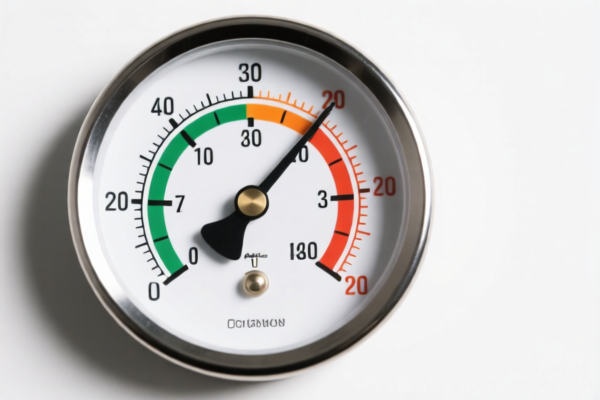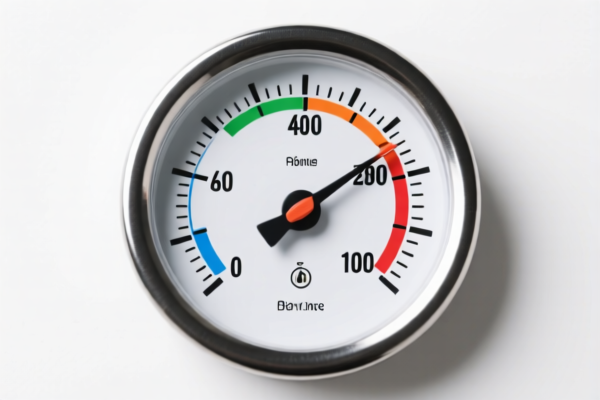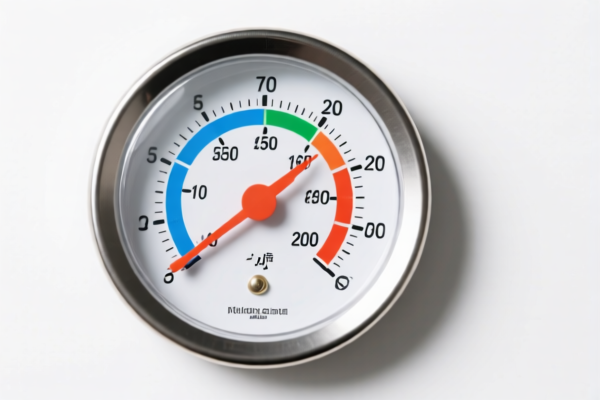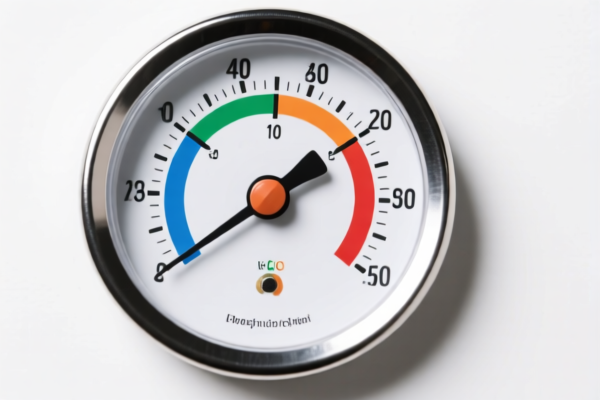| HS Code | Official Doc | Tariff Rate | Origin | Destination | Effective Date |
|---|---|---|---|---|---|
| 9025805000 | Doc | 39.1% | CN | US | 2025-05-12 |
| 9025112000 | Doc | 30.0% | CN | US | 2025-05-12 |
| 3926904800 | Doc | 33.4% | CN | US | 2025-05-12 |
| 3926909910 | Doc | 42.8% | CN | US | 2025-05-12 |
| 3923900080 | Doc | 58.0% | CN | US | 2025-05-12 |
| 3923500000 | Doc | 60.3% | CN | US | 2025-05-12 |




Outdoor Thermometer
An outdoor thermometer is a temperature measuring instrument specifically designed for use in external environments. These devices provide readings of ambient air temperature, often with additional features to aid in weather monitoring.
Material
Outdoor thermometers are constructed from materials capable of withstanding varying weather conditions. Common materials include:
- Glass: Traditional thermometers utilize glass tubes filled with a liquid, typically mercury or a colored alcohol mixture. These are often housed in a protective casing.
- Metal: Stainless steel and aluminum are frequently used for digital thermometer housings, offering durability and resistance to corrosion.
- Plastic: Polycarbonate and other weather-resistant plastics are used for both housings and, in some cases, the thermometer body itself.
- Sensors: Digital thermometers employ temperature sensors, such as thermistors or thermocouples, often encapsulated in protective coatings.
Purpose
The primary purpose of an outdoor thermometer is to accurately measure and display the current air temperature in an outdoor setting. This information is used for a variety of applications:
- Weather Monitoring: Providing data for personal weather stations and general awareness of local conditions.
- Gardening: Assisting in plant care by indicating suitable growing temperatures and frost risks.
- Home Comfort: Informing heating and cooling decisions.
- Safety: Alerting to potentially hazardous temperatures (extreme heat or cold).
- Scientific Applications: Recording temperature data for research or analysis.
Function
The function of an outdoor thermometer relies on the principle of thermal expansion or electronic resistance changes:
- Liquid-Filled Thermometers: The liquid expands or contracts with temperature changes, moving along a calibrated scale.
- Bimetallic Strip Thermometers: Utilize two different metals with varying expansion rates, causing a strip to bend with temperature fluctuations, indicating the reading on a dial.
- Electronic Thermometers: Temperature sensors convert temperature into an electrical signal, which is then processed and displayed digitally. These often incorporate microcontrollers for accuracy and additional features.
Usage Scenarios
- Residential: Mounted on patios, decks, fences, or walls for general home weather monitoring.
- Gardens/Agriculture: Placed within growing areas to track temperature and prevent frost damage.
- Commercial: Used in weather stations, agricultural facilities, and construction sites.
- Recreational: Employed in camping, hiking, and other outdoor activities.
Common Types
- Analog Liquid-Filled: Traditional design, typically glass tube with mercury or colored alcohol. Requires direct line of sight for reading.
- Digital Thermometers: Provide precise readings and often include features like min/max temperature recording, alarms, and wireless data transmission.
- Wireless Thermometers: Transmit temperature data to a remote receiver, allowing for convenient monitoring from indoors.
- Large Display Thermometers: Feature oversized digits for easy readability from a distance.
- Thermometer/Hygrometer Combinations: Measure both temperature and humidity.
- Forecast Thermometers: Attempt to predict future weather conditions based on temperature and humidity trends (accuracy varies).
- Infrared Thermometers: Measure surface temperature remotely without contact. (Less common for general ambient air temperature)
Outdoor thermometers fall under instruments used for measuring temperature. Based on the provided information, the following HS codes are relevant:
-
9025805000: This HS code covers “Hydrometers and similar floating instruments, thermometers, pyrometers, barometers, hygrometers and psychrometers, recording or not, and any combination of these instruments; parts and accessories thereof: Other instruments: Other: Other”. This is a broad category encompassing various measuring instruments, including thermometers not specifically categorized elsewhere.
- 90: Chapter 90 – Instruments and apparatus which measure, check or control quantities.
- 25: Heading 9025 – Hydrometers and similar floating instruments, thermometers, pyrometers, barometers, hygrometers and psychrometers, recording or not, and any combination of these instruments.
- 80: Subheading 902580 – Other instruments.
- 50: Further specification – Other.
- 00: Most detailed specification – Other.
- The current total tax rate is 39.1%, comprised of a 1.6% base tariff, a 7.5% additional tariff, and a 30.0% additional tariff effective April 2, 2025.
-
9025112000: This HS code covers “Hydrometers and similar floating instruments, thermometers, pyrometers, barometers, hygrometers and psychrometers, recording or not, and any combination of these instruments; parts and accessories thereof: Thermometers and pyrometers, not combined with other instruments: Liquid-filled, for direct reading: Clinical”. While described as “clinical”, a liquid-filled, direct-reading thermometer could potentially fall under this code if it meets the description.
- 90: Chapter 90 – Instruments and apparatus which measure, check or control quantities.
- 25: Heading 9025 – Hydrometers and similar floating instruments, thermometers, pyrometers, barometers, hygrometers and psychrometers, recording or not, and any combination of these instruments.
- 11: Subheading 902511 – Thermometers and pyrometers, not combined with other instruments.
- 20: Further specification – Liquid-filled, for direct reading.
- 00: Most detailed specification – Clinical.
- The current total tax rate is 30.0%, comprised of a 0.0% base tariff, a 0.0% additional tariff, and a 30.0% additional tariff effective April 2, 2025.
It is important to note that the applicable tariff will depend on the specific characteristics of the outdoor thermometer.
Customer Reviews
No reviews yet.